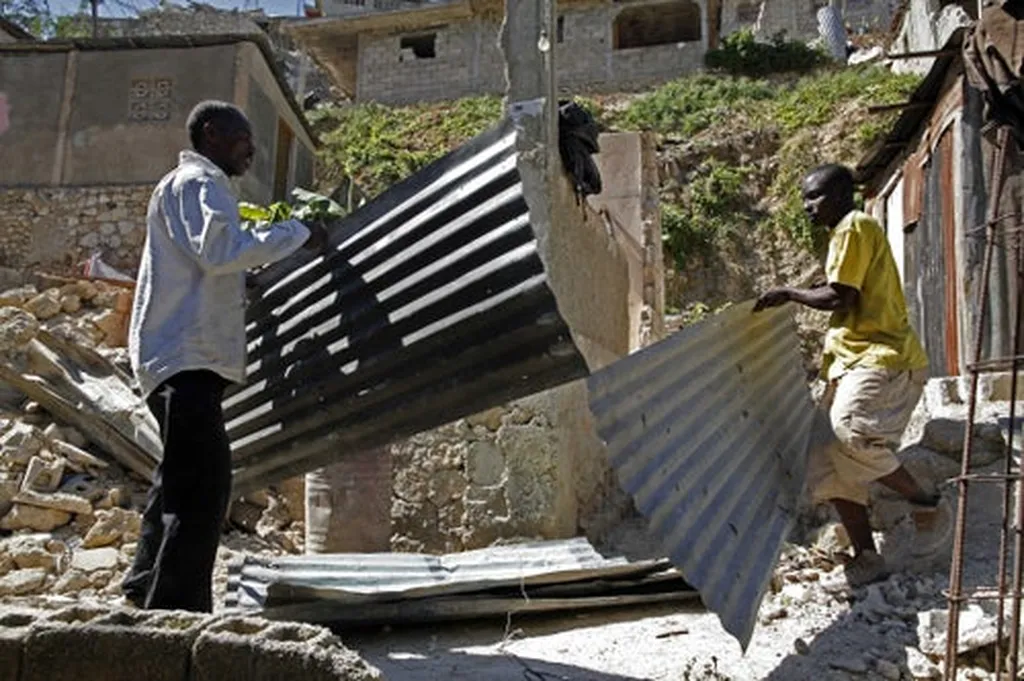In the quest for sustainable construction materials, a team of researchers led by Wei-Hsin Chen from the Department of Aeronautics and Astronautics at National Cheng Kung University in Taiwan has made a significant breakthrough. Their study, published in the journal “Case Studies in Construction Materials” (translated as “建設材料案例研究”), explores the potential of rice husk biochar (RHB) as a partial replacement for Portland cement (PC), offering a promising avenue for decarbonizing the construction industry.
The global construction sector is under immense pressure to reduce its carbon footprint, with Portland cement production alone accounting for about 8% of global CO2 emissions. Chen and his team have been investigating how agricultural waste, specifically rice husks, can be transformed into a valuable resource for the construction industry. “We were motivated by the abundance of rice husk waste in agricultural countries and the need to find sustainable alternatives to traditional cement,” Chen explains.
Rice husk biochar is produced by burning rice husks in an oxygen-free environment, resulting in a porous material with a high surface area. These properties make it an ideal candidate for blending with Portland cement, enhancing the hydration and curing processes crucial for concrete strength. The team’s comprehensive review of empirical studies reveals that up to 25% of RHB can be blended with PC without compromising the material’s functional strength.
The environmental benefits are substantial. According to the study, incorporating RHB into cement blends can decrease the global warming potential of traditional PC by up to 88%. This significant reduction is a game-changer for the construction industry, which has been grappling with the environmental impact of cement production.
The study also highlights the importance of optimizing particle size and pyrolysis conditions to improve the performance and long-term stability of RHB-blended composites. “Proper optimization is key to unlocking the full potential of rice husk biochar in cement blends,” Chen notes. This optimization process not only enhances the mechanical properties of the composite material but also ensures its durability and longevity.
The commercial implications for the energy sector are profound. As the world shifts towards renewable energy sources, the demand for sustainable construction materials is on the rise. The integration of RHB into cement blends offers a viable solution for reducing the carbon footprint of construction projects, making it an attractive option for developers and investors alike.
Moreover, the use of agricultural waste in construction materials promotes circular economy practices, where waste is transformed into a valuable resource. This approach not only reduces the environmental impact of the construction industry but also creates new economic opportunities for agricultural communities.
The study’s findings have far-reaching implications for the future of sustainable construction. As Wei-Hsin Chen and his team continue to explore the potential of rice husk biochar and other agricultural wastes, the construction industry stands to benefit from innovative, eco-friendly materials that pave the way for a greener future.
In the words of Chen, “This research is just the beginning. We are excited about the possibilities that lie ahead and the positive impact that sustainable materials can have on the construction industry and the environment.” With the publication of this study in “Case Studies in Construction Materials,” the stage is set for a new era of sustainable construction, where innovation and environmental responsibility go hand in hand.

